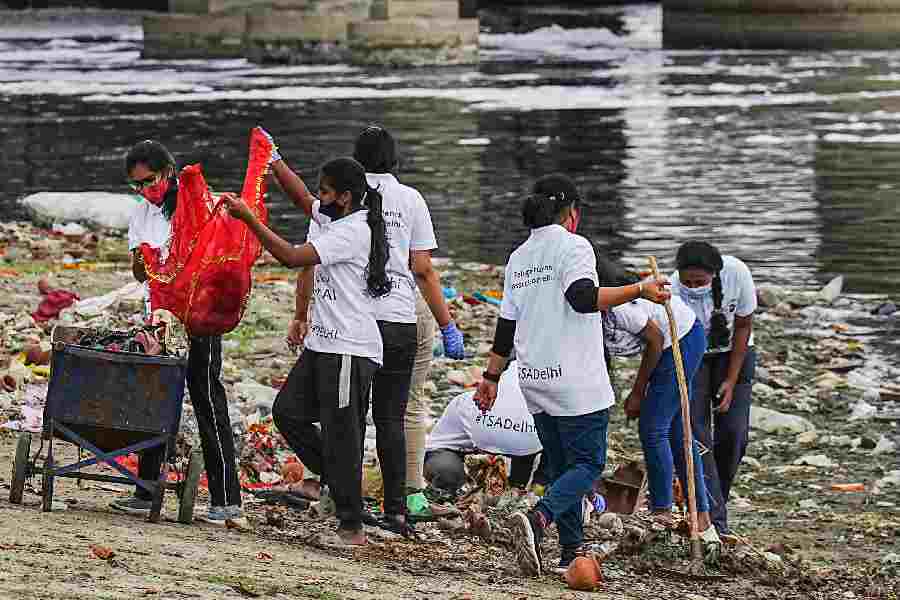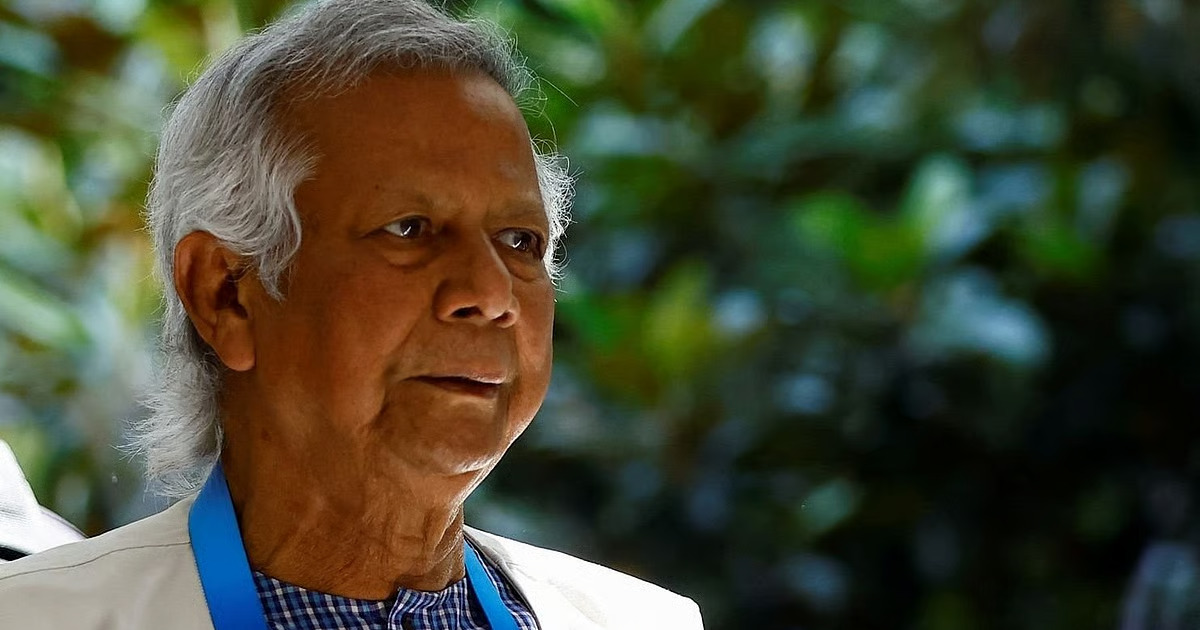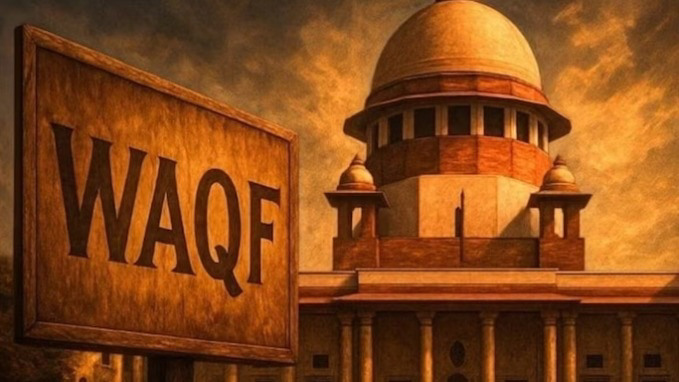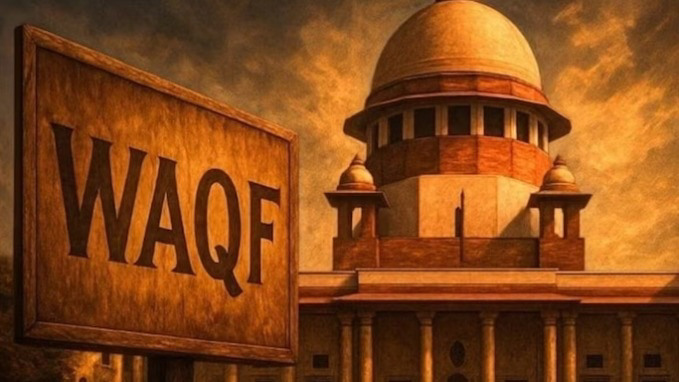Global Financial Conspiracy: “New World Order” and its Sinister Moves

In the past few decades, the economic scenario of the world has changed very rapidly. International institutions—like IMF, World Bank, WTO—are trapping most of the countries of the world in the net of debt. First of all, give heavy loans to a country, then attach that loan with your conditions.
When the country becomes unable to repay the debt, then pressure is created to take control over its natural resources, policies, and public wealth. Make them fight each other, spread distrust—by
promoting external-internal conflicts, casteism, communalism, and regional imbalance destabilize
the country. After this, deepen the economic crisis so much that a situation of civil war arises there and the people lose self-reliance. Then, a system called Techno-State is implemented in which all
rights, work, and lifestyle of the citizens become subject to artificial intelligence and centralized powers. In this way, the “New World Order” has become a strategy to hollow out the roots, culture,
nature, and society of every country.
55 Crore Population and the Danger of Centralization
The most dangerous side of these plans is—to wrap the entire economy, production, and society of the world into the service of 55 crores or even fewer people. Most of the population is either
made into laborers or imprisoned in the net of digital control. Natural resources, water, land, forest,
and population are exploited and only in the interest of a handful of people policies like “Smart City, Smart Worker, Smart Agriculture” are imposed. Because of this, not only poor countries lose their self-reliance, but also the existence of culture, diversity, and nature comes into crisis.
India—The Country of Rivers, Land, Nature, and Culture
India’s greatest strength has been its natural resources and its thousands of years old river
civilization. On the banks of rivers were born culture, knowledge, agriculture, art, science, philosophy. Rivers like Ganga, Yamuna, Narmada, Brahmaputra, Sindhu, Kaveri, Godavari are not only life-giving but are like the soul of Indian society. The areas around rivers are “natural communities.” Here environment, climate, biodiversity, land, and society have always remained
in balance. Rivers give energy to live to thousands of villages, towns, and cities of India. Their
cultural, religious, and spiritual role is so deep that without their protection the protection of Indian culture is not possible.
Crisis of Rivers: Pollution, Privatization, Ending Lifestyle
Because of modernity and industrialization, the existence crisis has come upon our rivers.
Chemical waste, plastic, government neglect, dams and privatization on the water flow have made great rivers like Ganga, Yamuna, Narmada diseased. Our river valleys, forests, land, and biodiversity are being destroyed not for ourselves, but for foreign capital and corporate interest.
This is exactly the Techno-State model—where control of nature and river goes into the hands of
some companies and digital powers. Because of this villages are ruined, migrant laborers increase, farmers become indebted, and from culture thousands of years old traditions break apart.
Importance and Crisis of Indian Culture and Spirituality
India has always walked on the path of diversity, coexistence, respect of nature, yoga, meditation, non-violence, service, and inclusiveness. Indian culture is not only connected to material comforts,
but with complete happiness, Mother Earth, water-life, trees, mountains, seasons, worship, art, story, and folk-conduct. Ganga, Yamuna, Narmada are not just rivers, but symbols of sensitivity, motherhood, education, and life. Modern Techno-State, centralized economic model, consumerism, and flood of “digital society” are erasing our roots. Indian rural life, folk art, festivals, handicraft, and spirituality today are being suppressed under external influences and government policies.
Crisis of Land: Privatization, Acquisition, End of Farming Dependence
Today, the crisis of land is the most terrible. In plans like corporate farming, land acquisition, degeneration, smart city, industrial corridor, the rights of local farmers are being snatched away. Traditional farming, biodiversity, and community responsibility are now handed over to machines
and digital technology. Because of this villages are being destroyed, farmers are becoming migrant
laborers, and the fabric of self-reliance is being torn apart.
Natural Communities and their Conservation: Why Necessary?
In the river areas of India there is a unique natural community. Here people live in coexistence
with their water, land, forest, biodiversity. Festivals, rituals, stories, worship, and sacraments related to rivers are the identity of Indian society. Saving natural communities means—protection
of environment, protection of life, protection of agriculture, and protection of culture. When rivers get polluted, water sources shrink, forests are cut, then the lifestyle, livelihood, health, education, and sovereignty of millions of people are lost. If today rivers, forests, and land are not protected,
then in the model of “Techno-State” India will be changed only into some smart cities, digital crops, and consumer markets.
Solutions—What Should People of India Do?
Save the Rivers
Clean, rejuvenate, and even rehabilitate rivers like Ganga, Yamuna, Narmada.
Control water pollution, prohibit industrial waste, plastic, increase organic farming.
Stop dams, privatization on the water flow, give priority to community ownership.
Both government and society together run river conservation campaigns.
Save the Land
-Oppose land acquisition, corporate farming, plans like smart cities.
-Encourage traditional organic farming, rural development, and local self-rule.
-Ensure participation of migrant laborers, farmers, tribal communities.
Save Culture and Spirituality
-Promote Indian culture, folk art, festivals, languages, Puranas, yoga, meditation, service.
-Develop an alternative model of consumer culture, foreign influence, and centralized policy.
-Include Indian values, heritage, and diversity in education and policy-making.
Use Modern Technology—but with Self-Reliance
-Use technology only as an assistant; do not make it the center of life.
-In digital services, production, and markets, give priority to Indian uniqueness.
-Develop rural digital models, ‘Indian Gram Net’, local apps, food, hospitality etc.
The Path of India’s Future
If the citizens of the country, especially the youth power, do not become alert now, then the control of global economy, culture, and nature will go into the hands of “a handful of people.” The areas
of Ganga-Yamuna-Narmada and their natural wealth are absolutely necessary for the protection of our identity, self-reliance, and existence.
Returning to land, water, forest, culture, and spirituality—this is today’s biggest national responsibility. If rivers, land, culture are lost, then the
crisis coming to the coming generations will not only be economic-political, but also of soul, morality, nature, and humanity. The “Techno-State” can be countered not only with machines, but with Indian culture, soul, nature, and community life. This itself is the mantra of India’s next
century—self-protection, self-rule, coexistence, and Indian thought for the entire humanity.
The rest of the people of India should protect their river civilization, land culture, and spiritual heritage, maintain balance in society and nature, and become a voice for a self-reliant, inclusive, diverse,
and nature-culture-respect based new century. Only then can the danger of “calamity” be stopped and India can establish a new ideal.
(Author is an environmentalist and nature-activist. Views are personal.)

 3 weeks, 5 days ago
3 weeks, 5 days ago











[[comment.comment_text]]